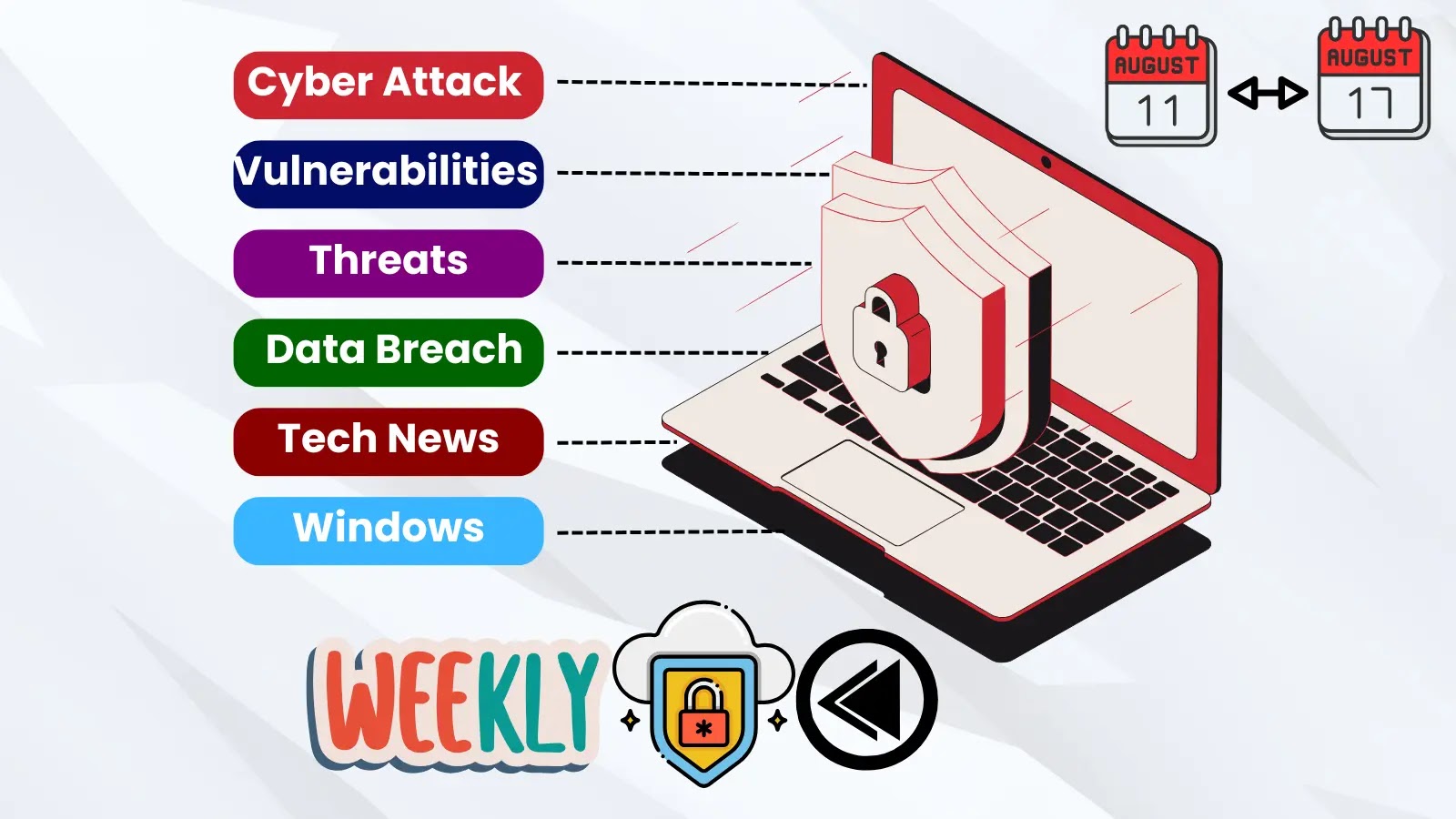The North Face, a leading outdoor apparel retailer, recently disclosed a significant security incident involving a credential stuffing attack on its website. This cyberattack compromised nearly 200,000 customer accounts, exposing personal information such as names, billing and shipping addresses, purchase histories, and contact details.
Understanding Credential Stuffing Attacks
Credential stuffing is a cyberattack method where attackers use automated tools to input large volumes of stolen username and password combinations into various websites. This technique exploits the common practice of password reuse across multiple platforms. If users employ the same credentials on different sites, attackers can gain unauthorized access to their accounts.
Details of the Incident
The attack on The North Face’s website occurred between July 26 and August 19, 2022. The company detected unusual activity on August 11, prompting an immediate investigation. The findings revealed that attackers had successfully accessed 194,905 customer accounts using valid credentials obtained from previous data breaches unrelated to The North Face.
The compromised information includes:
– Full names
– Billing and shipping addresses
– Purchase histories
– Email addresses
– Phone numbers
– XPLR Pass reward records
Importantly, The North Face does not store full payment card details on its website. Instead, it retains a token linked to the payment card, with the actual card information stored securely by a third-party payment processor. Therefore, payment card information was not exposed during this breach.
Company Response and Mitigation Measures
In response to the breach, The North Face took several immediate actions:
– Password Resets: All affected accounts had their passwords disabled. Customers are required to create new, unique passwords upon their next login.
– Removal of Payment Tokens: Payment card tokens associated with the compromised accounts were deleted. Customers will need to re-enter their payment information for future transactions.
– Customer Notification: The company notified affected customers about the breach, providing guidance on securing their accounts and monitoring for suspicious activity.
Recommendations for Customers
To enhance account security and prevent future incidents, customers are advised to:
– Use Unique Passwords: Create strong, unique passwords for each online account to prevent credential stuffing attacks.
– Enable Multi-Factor Authentication (MFA): Where available, activate MFA to add an extra layer of security.
– Monitor Accounts Regularly: Keep an eye on account activity and report any unauthorized actions immediately.
– Be Cautious of Phishing Attempts: Remain vigilant against phishing emails or messages that may attempt to exploit the breach.
Broader Implications and Industry Context
This incident underscores the growing threat of credential stuffing attacks in the retail sector. The North Face is not alone; other major retailers have faced similar challenges. For instance, in December 2023, VF Corporation, the parent company of The North Face, Vans, and Timberland, reported a ransomware attack that affected over 35 million customers. The attack disrupted operations and led to the theft of personal data, though payment information remained secure.
These incidents highlight the critical need for robust cybersecurity measures, including:
– Regular Security Audits: Conducting thorough assessments to identify and address vulnerabilities.
– User Education: Informing customers about the importance of password security and recognizing phishing attempts.
– Advanced Threat Detection: Implementing systems to detect and respond to unusual account activity promptly.
Conclusion
The North Face’s recent credential stuffing attack serves as a stark reminder of the importance of cybersecurity vigilance for both companies and consumers. By adopting strong password practices, enabling multi-factor authentication, and staying informed about potential threats, individuals can significantly reduce their risk of account compromise. Meanwhile, organizations must continue to invest in comprehensive security strategies to protect customer data and maintain trust.



